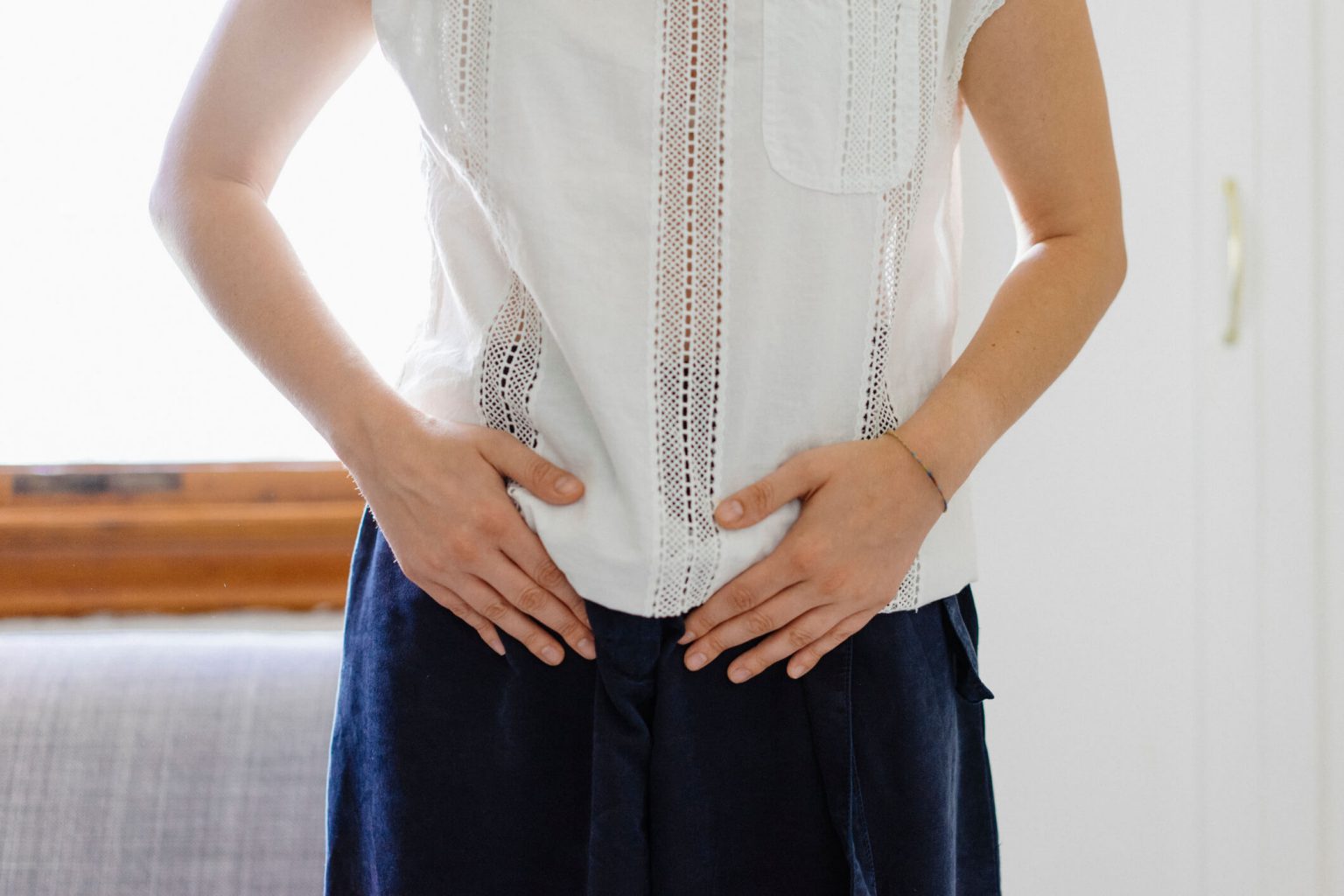What is urinary tract infection (UTI)?
A urinary tract infection (UTI) occurs when bacteria enter the urinary system and multiply, leading to inflammation and infection. UTIs can affect different parts of the urinary tract, resulting in various symptoms and severity.
Anatomy of the urinary tract
Kidneys
Bean-shaped organs located in the upper abdominal cavity, one on each side of the spine.
Filter blood to remove waste products and excess substances, producing urine.
Each kidney contains millions of functional units called nephrons, which consist of renal tubules and glomeruli.
Ureters
Narrow, muscular tubes connecting each kidney to the bladder.
Their role is to transport urine from the kidneys to the bladder through peristaltic contractions of smooth muscle in the ureter walls.
Bladder
Hollow, muscular organ located in the lower pelvis, behind the pubic bone.
Stores urine until it is voluntarily expelled during urination.
Can expand and contract to accommodate varying volumes of urine.
Urethra
Thin tube extending from the bladder to the exterior of the body.
In males, it also serves as a passage for semen during ejaculation.
Urethral sphincter muscles help control the flow of urine.
What causes UTIs?
Most UTIs are caused by bacteria, with Escherichia coli (E. coli) being the most common culprit. Other bacteria that can cause UTIs include Klebsiella, Proteus, Enterococcus, and Staphylococcus species.
What are the signs and symptoms of UTIs?
Frequent urination
Pain or burning sensation during urination (dysuria)
Urgency to urinate
Cloudy or foul-smelling urine
Blood in the urine (hematuria)
Pelvic or lower abdominal discomfort

Fever and chills (in cases of pyelonephritis)
Types of UTIs
Lower UTI (Cystitis and urethritis)
Infections of the bladder (cystitis) and urethra (urethritis).
Symptoms include frequent urination, pain or burning during urination, and cloudy or bloody urine.
Upper UTI (Pyelonephritis)
Infections of the kidneys, which are more serious.
Symptoms include fever, chills, flank pain, nausea, and vomiting.
Ureteritis
Inflammation of the ureter, which is rare and often associated with cystitis or pyelonephritis.
FAQs
Who is at risk of UTIs?
Several factors can increase the risk of developing UTIs, including:
- Being female (shorter urethra)
- Sexual activity
- Pregnancy
- Menopause
- Urinary catheterisation
- Urinary tract abnormalities or obstructions
- Conditions that weaken the immune system (e.g., diabetes, HIV/AIDS)
How to diagnose UTIs?
Urinalysis
Examination of a urine sample to detect signs of infection, such as the presence of white blood cells, red blood cells, or bacteria.
Urine culture
Identifies the specific bacteria causing the infection and determines the most effective antibiotic treatment.
Imaging studies
In cases of complicated or recurrent UTIs, imaging studies such as ultrasound, CT scan, or MRI may be recommended to evaluate the urinary tract for abnormalities or obstructions.
What are the treatment options for UTIs?
Treatment typically involves antibiotic therapy to eradicate the bacterial infection. The choice of antibiotic and duration of treatment depends on factors such as the severity of symptoms, the type of bacteria causing the infection, and any underlying health conditions.
What are the complications of UTIs?
If left untreated, UTIs can lead to complications such as:
- Recurrent UTIs
- Kidney damage or infection (pyelonephritis)
- Sepsis (life-threatening systemic infection)
- Preterm birth or low birth weight (in pregnant women)
- Increased risk of UTI-related hospitalisations and mortality in older adults
How to prevent UTIs?
To reduce the risk of UTIs, individuals can take several preventive measures, including:
Drinking plenty of water to stay hydrated

Urinating frequently and completely
Wiping from front to back after using the bathroom
Avoiding irritating substances such as perfumed soaps or douches
Practising good hygiene, especially before and after sexual activity
Emptying the bladder soon after sexual intercourse
Using cranberry products, juice, or supplements (evidence for effectiveness is mixed)
Alternative and complementary therapies for UTIs
Some individuals may explore alternative or complementary therapies for UTI prevention or management. These may include:
Probiotics
Certain strains of beneficial bacteria may help maintain a healthy balance of vaginal and urinary tract flora.
Cranberry products
While evidence for their effectiveness is mixed, some studies suggest that cranberry products may help prevent UTIs by inhibiting bacterial adhesion to the urinary tract lining.
Herbal remedies
Herbs such as uva-ursi, d-mannose, and goldenseal are sometimes used for UTI prevention or treatment, although their efficacy and safety require further research.
Additional Support
If you have concerns about urinary tract infections or need more information, feel free to reach out to Thomson Medical. Our team is here to assist you with any questions and provide the support you need.
For more information, contact us:
Thomson Specialists (Women's Health)
- Paragon (female doctor): +65 6735 0300
- Woodleigh: +65 8684 0153
Thomson Women's Clinic
- Bukit Batok: +65 6569 0668
- Choa Chu Kang: +65 6893 1227
- Jurong: +65 6262 8588
- Punggol: +65 6243 6843
- Sembawang: +65 6753 5228
- Sengkang: +65 6388 8125
- Serangoon (female doctor): +65 6382 3313
- Tampines: +65 6857 6266
- Tiong Bahru: +65 6276 1525
